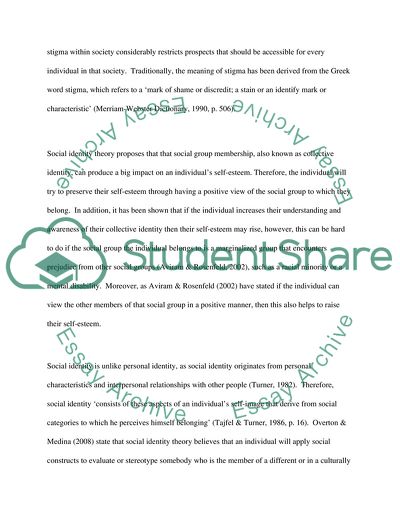Cite this document
(How Successful is Social Identity Theory in Explaining Stigma and Literature review, n.d.)
How Successful is Social Identity Theory in Explaining Stigma and Literature review. https://studentshare.org/social-science/1720696-how-successful-is-social-identity-theory-in-explaining-stigma-and-prejudice
How Successful is Social Identity Theory in Explaining Stigma and Literature review. https://studentshare.org/social-science/1720696-how-successful-is-social-identity-theory-in-explaining-stigma-and-prejudice
(How Successful Is Social Identity Theory in Explaining Stigma and Literature Review)
How Successful Is Social Identity Theory in Explaining Stigma and Literature Review. https://studentshare.org/social-science/1720696-how-successful-is-social-identity-theory-in-explaining-stigma-and-prejudice.
How Successful Is Social Identity Theory in Explaining Stigma and Literature Review. https://studentshare.org/social-science/1720696-how-successful-is-social-identity-theory-in-explaining-stigma-and-prejudice.
“How Successful Is Social Identity Theory in Explaining Stigma and Literature Review”. https://studentshare.org/social-science/1720696-how-successful-is-social-identity-theory-in-explaining-stigma-and-prejudice.


